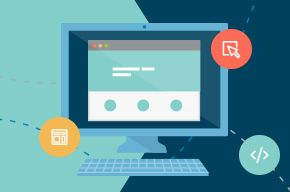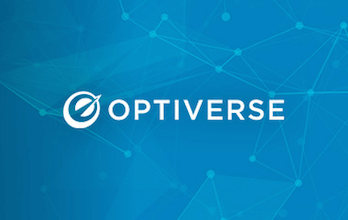
Download our FREE Testing Toolkit for A/B testing ideas, planning worksheets, presentation templates, and more!
Get It NowSales Funnel
What Is A Sales Funnel?
A sales funnel is a visual metaphor for the path taken by a potential customer as he or she moves towards becoming a customer. Frequently used by sales and marketing organizations, the sales funnel helps companies understand and visualize their sales process and measure overall conversion success between each step of the funnel.
A sales funnel is shaped like an inverted pyramid, similar to real-world funnels, to which the metaphor alludes. The width of each part of the funnel reflects the audience size, with the top of the funnel being the widest and the bottom being the smallest.
At the top of the funnel are website visitors or mobile app users, and the bottom of the funnel is usually a sale or conversion event. The goal of marketing sales in this model is to get as many prospects in at the top of the funnel and convert them into customers.
Marketing And The Sales Funnel
The sales funnel is fueled by marketing activities that generate awareness and build demand for a product or service.
Moving a customer through the funnel is a carefully orchestrated set of activities designed to raise awareness and educate the prospective customer on the benefits of your offering.
Over time, customers move down through the sales funnel – from initial contact to final purchase – as they learn more about your product and express interest in it.
As the funnel narrows at each stage, prospects drop off so that fewer and few potential customers left. The objective of an efficient sales and marketing process is to improve the conversion rate at each stage of the funnel so that more customers make it through the full funnel.
Types Of Funnels
Sales funnels vary widely by industry. The B2B sales funnel for an enterprise software company can last several months or more, while the sales funnel for a B2C ecommerce website may be just a few minutes long. Some funnels have multiple phases, while others only have two or three.
For example, a typical sales funnel for an ecommerce site might start with website visitors at top, people who add items to their cart and people who visit the checkout page in the middle of the funnel, and customers who complete the transaction at the bottom.
The entire customer journey for the ecommerce funnel above could take place in a matter of minutes, as a customer visits the site, adds items to their cart, and completes their purchases.
This can be contrasted with an enterprise B2B sales funnel which can takes place over the course over several months, with website visitors entering in at the top of the funnel, becoming leads by filling out a form, being nurtured through an e-mail campaign, then eventually reaching out to a salesperson to sign a contract.
These overarching funnels can also be broken up into smaller funnels, zooming in closer to each stage of the funnel and looking at each specific action that the user takes to move from one stage to the next.
Importance Of Understanding The Sales Funnel
Understanding the concept of sales funnels is important because it’s a useful model for visualizing the customer journey from initial awareness all the way through conversion. The sales funnel provides a useful framework through which you can analyze your business and identify areas for improvement.
For example, an ecommerce site might model their visitors in a funnel, and identify that there is a large dropoff in users between visiting the shopping cart and actually completing the transaction. Using this data, the company can then form hypothesis as to why this is the case and test ideas for improving conversion rate, such as reducing form fields, establishing trust with seals, or offering limited time offers.
By testing these ideas through controlled A/B tests, the company can work to reduce their shopping cart abandonment and increase the percentage of visitors who make it through the funnel.
Optimizing Your Funnel
A/B testing software programs such as Optimizely can help you during all phases of the sales funnel. You can set up tests within minutes and start optimizing your website, landing pages, sign up forms, email newsletters and more.
By fine-tuning these key customer touchpoints with Optimizely, you can maximize yield in each part of your sales funnel, helping you increase revenue right away.
Ready to learn more?

Get your copy of the testing toolkit.
Use the testing toolkit to start or scale your testing program.

Want to stay ahead of the competition?
Help your organization master one of the four key initiatives covered in this webinar series.

Join the community.
Meet Optiverse — a place to explore, learn, and connect around experience optimization.